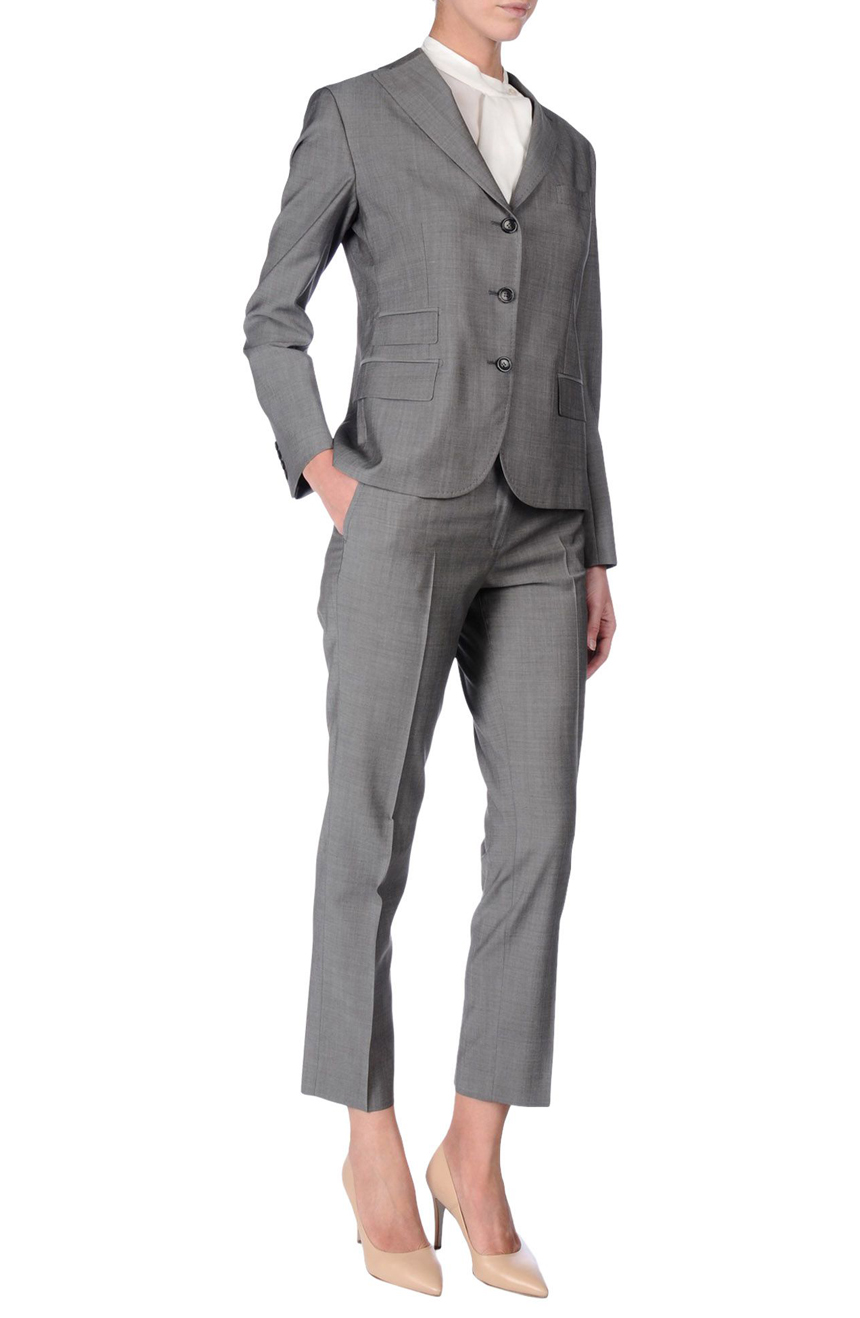Comprehending the Tailoring Process: From Material Choice to Last Suitable for the Perfect Closet
The customizing procedure is an intricate interaction of art and science, starting with the essential decision of fabric selection and culminating in the precise adjustments of final fittings. Each fabric type brings unique qualities that affect not just the visual allure yet likewise the garment's durability and suitability for different occasions. Understanding the nuances of customizing strategies can boost one's closet to unmatched levels of sophistication. As we explore these components better, one have to take into consideration exactly how even the smallest information can substantially affect the overall outcome of one's individual design.
Significance of Textile Choice
Choosing the ideal fabric is crucial in the customizing process, as it straight influences the convenience, resilience, and total aesthetic of the last garment. The choice of textile sets the structure for the garment's performance, capability, and style. Various fabrics possess unique buildings, such as breathability, stretch, and weight, which can considerably influence how the garment drapes and fits the body.

A customized item made from an appropriate fabric not only showcases workmanship however additionally elevates the wearer's self-confidence. Comprehending the subtleties of material selection is extremely important for any type of tailoring undertaking. It makes sure that the final item not only fulfills the aesthetic needs of the client but likewise aligns with useful requirements, therefore accomplishing an unified balance between kind and function in the customized wardrobe.
Sorts Of Fabrics and Their Uses
Comprehending the various sorts of textiles offered is vital for making notified choices during the customizing procedure. Each material has distinct features that dictate its suitability for details garments and occasions.
Its convenience permits it to be tailored into whatever from tee shirts to outfits. Its all-natural flexibility helps garments maintain shape over time.
Silk radiates high-end and is light-weight, making it excellent for eveningwear and delicate blouses; however, it requires careful handling because of its frailty. Linen, with its textured surface, is a prominent option for cozy environments, supplying a crisp and ventilated feeling, however it wrinkles quickly, which might impact the garment's look.
Synthetic materials, such as polyester and nylon, offer toughness and resistance to creases, making them appropriate for daily wear and active clothes. Comprehending these fabric types and their homes enables better decision-making, guaranteeing that each tailored item not just fits well however likewise aligns with the intended objective and celebration.
The Tailoring Methods Described
The art of tailoring relies on a selection of strategies that change fabric into well-fitted garments. Central to this procedure is pattern preparing, where a tailor develops layouts based upon the client's dimensions and wanted style. This initial action makes sure that the garment will fit the user properly prior to any type of reducing happens.
When patterns are developed, cutting strategies enter into play. Precision is extremely important as mistakes can result in misfitting garments. Tailors often make use of different cutting techniques, such as single-layer cutting for complex styles and multiple-layer reducing for effectiveness on standard patterns.
Basting is one more crucial method, allowing dressmakers to temporarily sew fabric items with each other for a preliminary installation (tailor perth). This approach provides the possibility to evaluate the drape and total silhouette before last stitching
Seaming methods, consisting of flat-felled seams and French seams, boost the garment's sturdiness and visual appeal. Tailors likewise use techniques such as interfacing and cushioning to give structure and shape to details areas, like collars and shoulders.
Finally, read this post here completing strategies, including hemming and edge completing, make certain the garment's longevity while supplying a sleek appearance. Together, these techniques develop the foundation of reliable customizing, resulting in splendid, tailor-made garments.

Fitting Adjustments and Factors To Consider
After the preliminary tailoring strategies have been applied and the garment is created, fitting adjustments come to be critical to achieving the excellent fit. These modifications address numerous elements of the garment, guaranteeing it contours to the wearer's body shape and improves overall look.

The rise of trousers is another critical factor; it should sit comfortably over the hips without creating pain, enabling simplicity of motion. Hemming lengths for both pants and skirts should mirror the user's recommended design while appreciating proportions.
Furthermore, attention should be provided to the rear of the garment, making sure that there are no unattractive pulls or excess material - bespoke tailor perth. Each modification ought to be meticulously taken into go to website consideration, as also minor changes can dramatically affect the overall fit and visual of the tailored piece, inevitably resulting in a wardrobe that shows self-confidence and sophistication
Keeping Your Tailored Clothing
Always comply with the treatment label guidelines, which may suggest completely dry cleaning for delicate textiles or machine washing for even more durable materials. Stay clear of frequent laundering, as this can use down the textile and alter the garment's shape.
Storage space is just as essential; usage padded hangers for jackets and layers to keep shoulder structure, and store pants folded up nicely or hung to avoid creasing. Secure garments from straight sunlight, which can fade colors and damages fibers.
Additionally, periodic inspections for minor repairs can avoid larger issues. Check for loose buttons, tearing joints, or indicators of moth damages, attending to these issues immediately to preserve the garment's integrity.
Lastly, consider seasonal turning. Putting on customized pieces in moderation permits textiles to recuperate, prolonging their lifespan. By implementing these upkeep approaches, you can make sure that your tailored garments remain as immaculate as the day you initially wore them, enhancing your ideal closet for many years to come.
Verdict
The customizing process, encompassing textile choice, experienced strategies, and exact fitting changes, plays a vital function in developing garments that improve both comfort and design. Each stage adds to the overall performance of the end product, making sure that clothes not just fits well but additionally shows specific identity. Understanding the value of upkeep prolongs the life of customized garments, solidifying their value in a well-curated closet. An extensive strategy to tailoring finishes in a sleek and positive look.